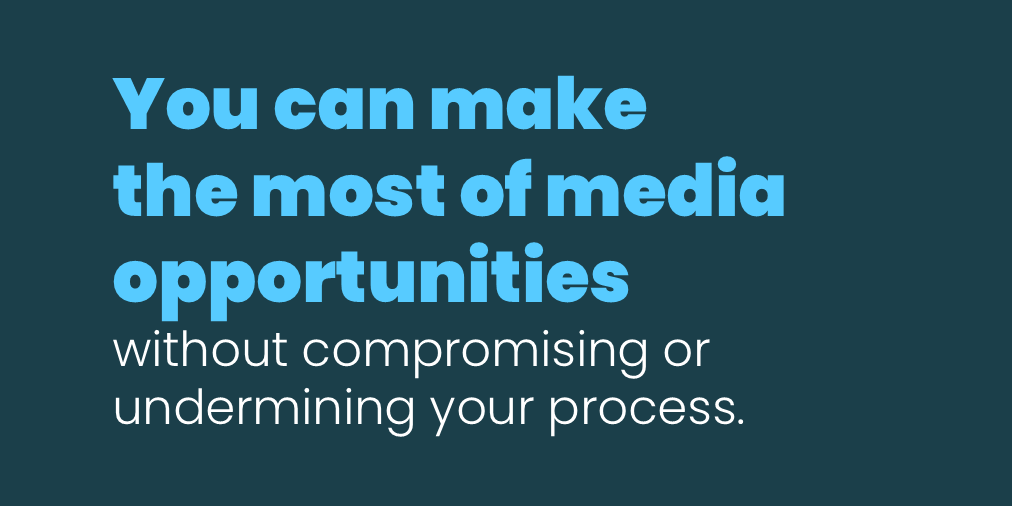
Bottom-up stock pickers: You, too, can tell your story to a media focused on today’s top performers
"I’m a bottom-up manager and I don’t have a ‘big picture’ view.”
“We don’t make bets on sectors. We build our portfolios stock by stock.”
“The economic outlook doesn’t matter. We are focused on long-term company fundamentals.”
Admirable. But this can be tough for your media relations team as they try to get you interviewed in the media. The truth is investing reporters often tie their story to the news of the day—economic releases or significant moves in a market sector.
It can be challenging for stock pickers when asked, “What sectors do you like?” or “What is your outlook for the tech sector?” This is especially true for CNBC, Bloomberg or Fox Business broadcast interviews. TV producers often ask for a few bullet points on a portfolio manager’s current thinking or three or four trends impacting an investor’s current outlook. Reporters with online publications such as MarketWatch.com and Business Insider tend to ask similar questions.
So, what is a stock picker to do? You want to get media coverage of your products but don’t want your customers or key partners to think you are paying attention to macro factors or picking sectors when that is not your approach.
We think there is value in participating in investing stories even if you aren’t making macroeconomic or sector bets in your portfolios. You can still talk about your investments today, discuss some top performing sectors or highlight some individual investments while stressing your fundamental methodology and long-term approach.

To make the most of media opportunities without compromising or undermining your process, here are suggestions for stock pickers uncomfortable with offering big picture opinions during media interviews:
- Point out that this is a snapshot. Make it clear that you don’t make sector bets but explain how some stock holdings are benefiting from the current economic cycle. You can point out that the short-term sentiment seems to be favoring certain industries. Then use it as an opportunity to point out why you think those stocks will do well in the long term, too.
- Clarify that recent market action has led to unintended overweights. Look at your portfolio weights relative to the market’s. There are likely to be a few areas where you may have a higher weight than the market whether you intended it or not. Explain why that might be. Maybe your fundamental approach focuses on companies with high cash flow or low debt. This focus may have led to a disproportionate share of companies in certain top performing sectors, then explain the reason why your fundamental focus worked to your current benefit.
- Dive into market-cap strategies. Instead of focusing on sectors, explain why you see opportunity now in a more focused approach on small or mid-sized companies and the long-term case for focusing on this cap range. Or, say you focus on SMID (small/mid-sized companies). Explain how many of these retain the growth characteristics of small cap names while achieving more of the stability characteristics of mid-caps.
- Focus on valuation. If you think value stocks will have their time in the sun, explain why your approach is likely to be in favor and why. Share long-term data on value versus growth outperformance.
All these approaches lend themselves to providing some context for your views. And even if only part of that context makes it into the broadcast interview or news story, your customers and key partners understand that any media attention is a snapshot in time. Furthermore, you can reiterate that context when sharing news coverage with customers or prospects via email or on social.
Subscribe.
Receive the latest news and insights from Lowe Group.